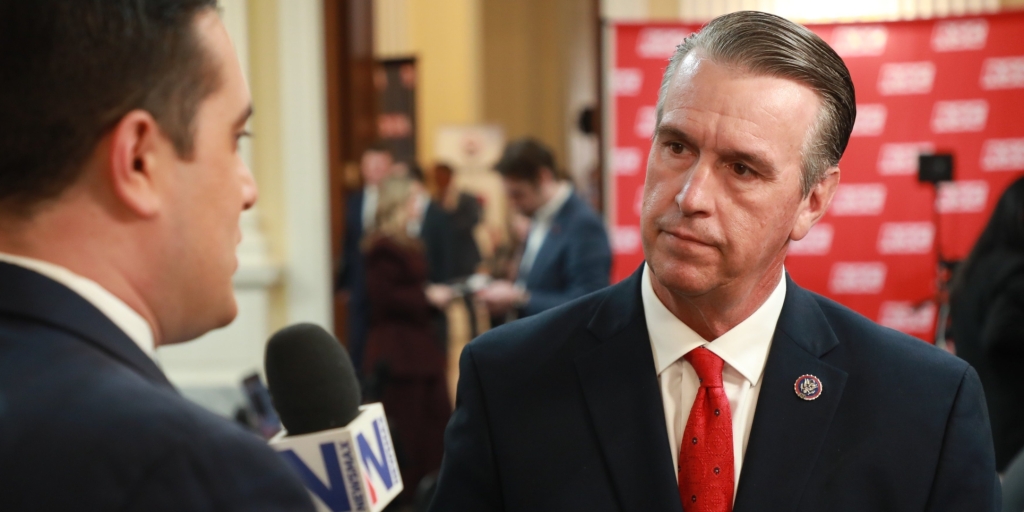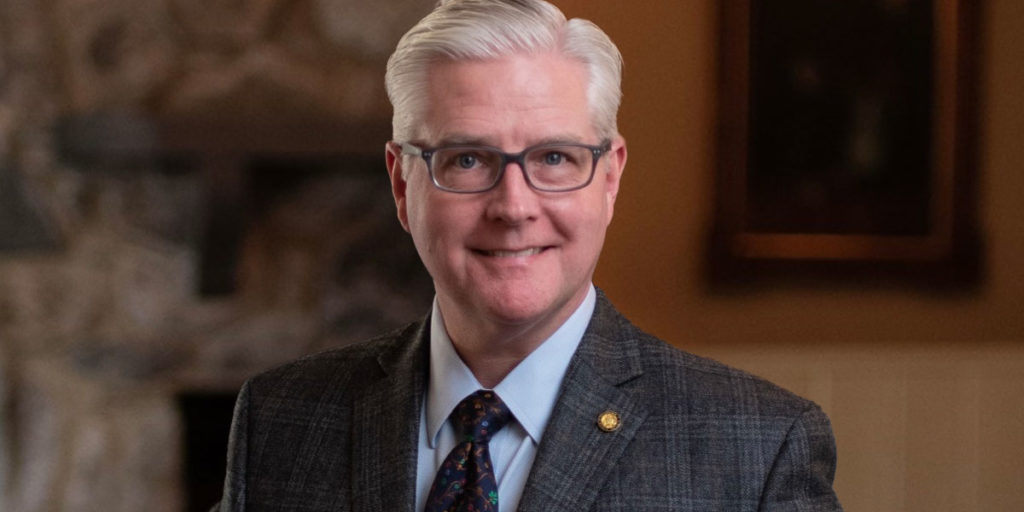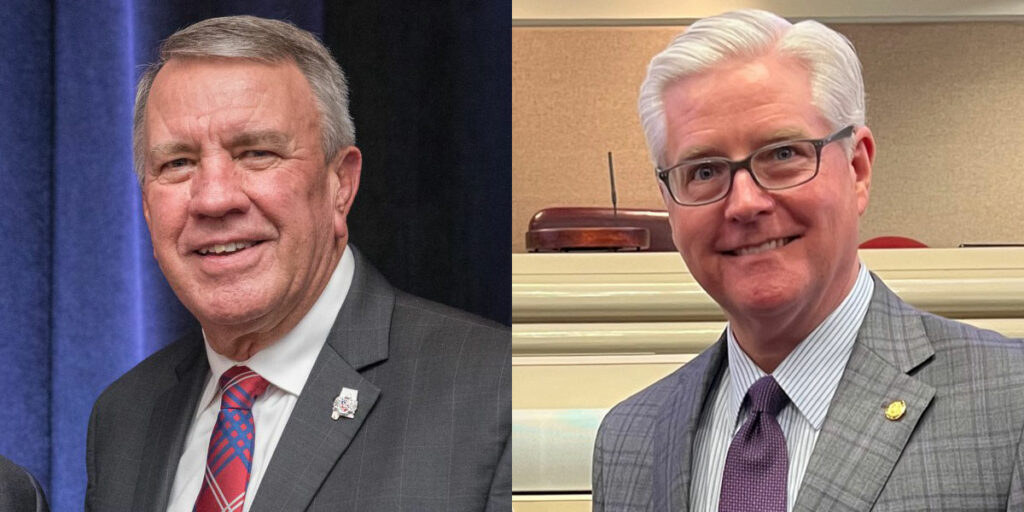Thanks to billions of federal dollars to assist in the economic recovery from the COVID-19 pandemic, Alabama has an unprecedented opportunity to address longstanding and, in some cases, dire problems plaguing water and sewer systems across the state. It is imperative we take advantage of this opportunity to provide the help these systems, and our fellow residents who depend on them, desperately need.
Many of the approximately 1,200 water and sewer systems in Alabama – large and small; rural, urban and suburban – have significant repair and upgrade needs. In addition, there are a number of state residents who lack adequate water or sewer service, adversely affecting their living conditions and putting their health at risk.
That is especially true in Alabama’s Black Belt. For too many homes, traditional septic systems to handle sewerage needs either won’t work or are too costly due to the dense, chalk-like soil that prevents wastewater from being absorbed into the ground.
As recent high-profiled stories showed, the result for many of these residents is sewage pooling around their homes from illegal “straight pipes.” These straight pipes may take sewage away from the homes, but they can also produce a stomach-turning stench and open the door to all manner of health problems.
Low-income communities often lack the financial resources and tax base to remedy these problems on their own.
Help, though, is on the way – from the COVID relief funds whose use is being determined in the current special session of the Legislature called by Gov. Kay Ivey.
Working with the governor, legislative leadership introduced legislation that has received broad, bipartisan support and is poised for final approval on Thursday. It appropriates $225 million for the most critical water and sewer needs. A portion will go to high-priority or emergency projects previously identified, in part, from ADEM’s longstanding work with its Clean Water State Revolving Fund and Drinking Water State Revolving Fund (SRF) programs. These projects would provide or improve access to water or sewer services in communities disproportionately impacted by COVID-19 and the lack of local resources.
Included are grants for demonstration projects in the Black Belt to address special sewage problems related to poor, sparsely populated areas and where soils may not perc.
ADEM was chosen by the governor and the Legislature to oversee this spending because of its decades of work in environmental regulatory activities and overseeing low-interest loans to water and sewer systems through the SRF programs. Those programs loan $100 million each year to repair and upgrade water and sewer systems, with the money being replenished by repayment of prior loans. However, many systems are too poor to even qualify for SRF loans because they don’t have the tax or user fee base to repay loans or meet other requirements.
The good news is ARPA funds will have little or no match requirements for the most disadvantaged communities.
More good news: Additional money is coming to states from the $1.2 trillion Bipartisan Infrastructure Law (BIL) signed in November. Alabama expects $765 million over the next five years that can be used for water and wastewater infrastructure.
These totals seem like a lot of money, and they are. The money will do a lot of good work. Unfortunately, it still will not cover all of Alabama’s water and sewer infrastructure needs.
As is the case throughout the nation, much of that infrastructure was built in the 1970s following the passage of the Clean Water Act. That means 50 years of decay and deterioration, plus the lack of adequate maintenance in some cases. Obviously, these systems were not created, or able to be maintained, equally, and so their needs vary.
That’s why it’s critical that the state prioritize the spending of the ARPA and BIL funding based on need and the ability of each individual community to help pay for the infrastructure work – with the priority going to the neediest and poorest communities.
The first step is continuing to gather data to assess needs and capabilities— engineering analyses, project costs, operating costs, system financial resources, rate structure, etc. The goal is to address the greatest needs first.
Also paramount in this process is sustainability. It is not enough just to build or upgrade a system. The systems need to become self-sustaining as well.
Of course, ADEM will not do this alone, or in a vacuum. Programs of this magnitude necessitate cooperation among various agencies and organizations, and there are many that will be involved in this endeavor. ADEM will be working with the Governor’s Office, state and local Health Departments, the Alabama Rural Water Association, the Alabama League of Municipalities, the Consortium for Alabama Rural Water and Wastewater Management and its members (which have done much-needed research into solving the unique problems of the Black Belt) and others on the state and local level. We will also be partnering with the U.S. Environmental Protection Agency and the U.S. Department of Agriculture on the federal level.
The process and criteria used to determine what projects are funded will be open and accessible to the public through regular website updates.
Certainly, managing the allotment of hundreds of millions of dollars for hundreds of water and sewer projects across the state is a major undertaking and an additional challenge for the ADEM’s dedicated professionals.
It is a challenge the department welcomes, because we recognize the benefits can literally be life-changing. This is a historic opportunity to improve the health and quality of life for thousands of Alabamians, and ADEM is dedicated to working to ensure the money gets where it is needed the most.











